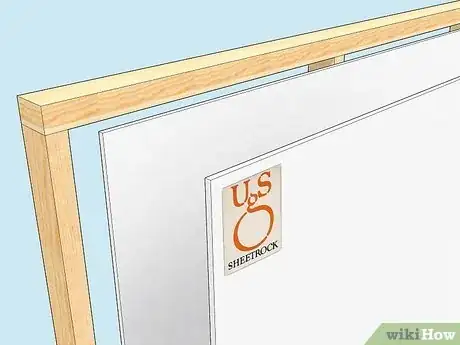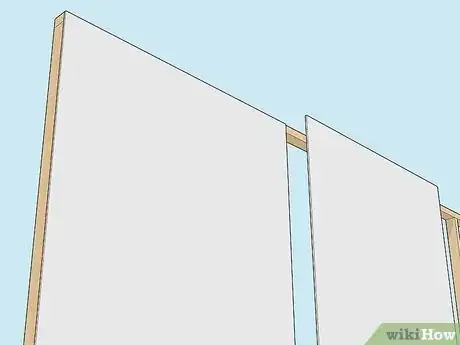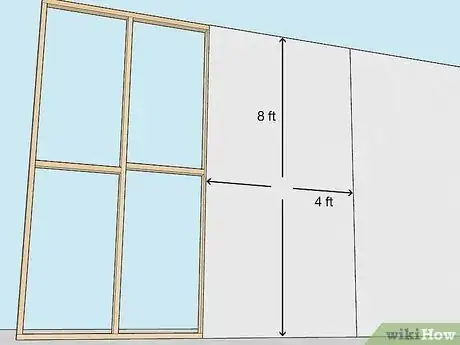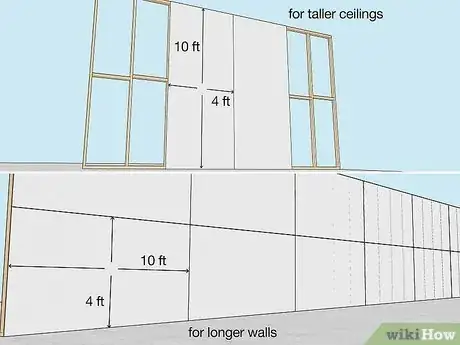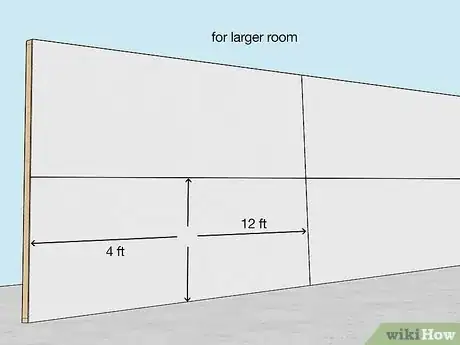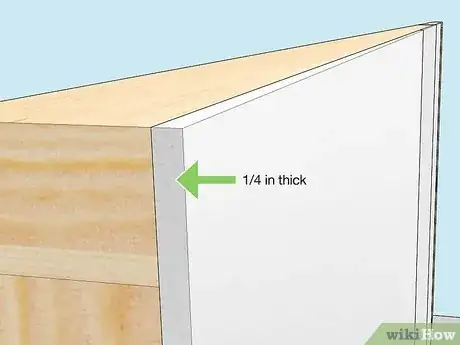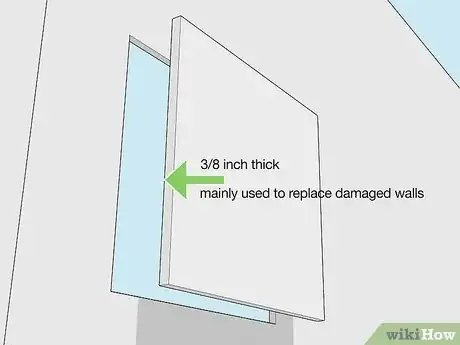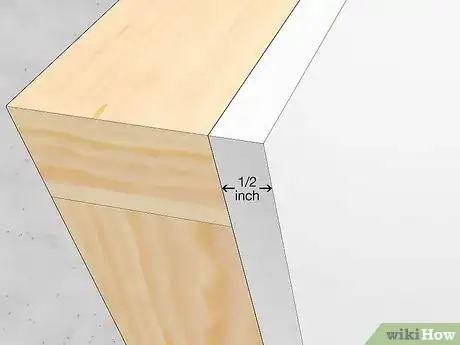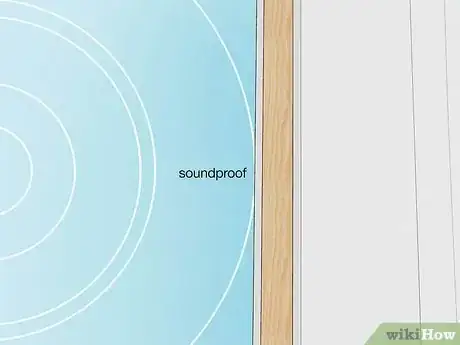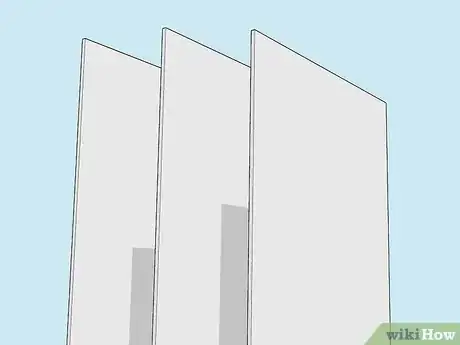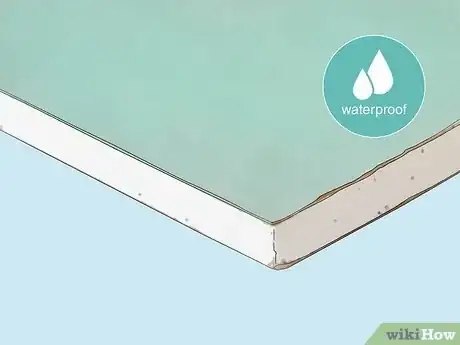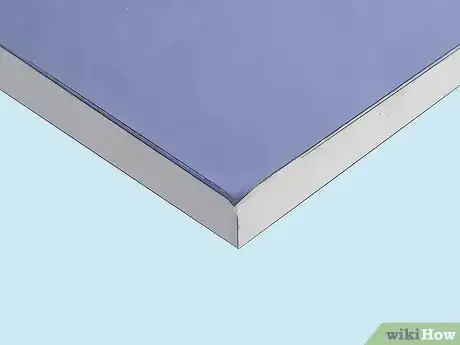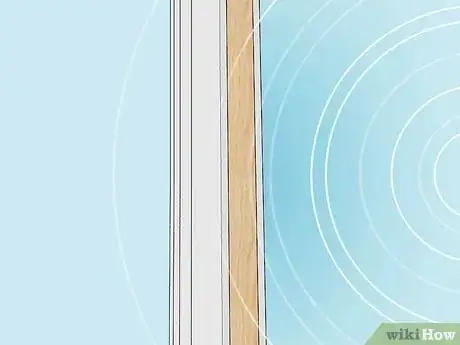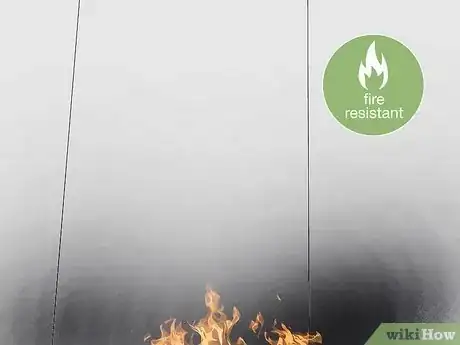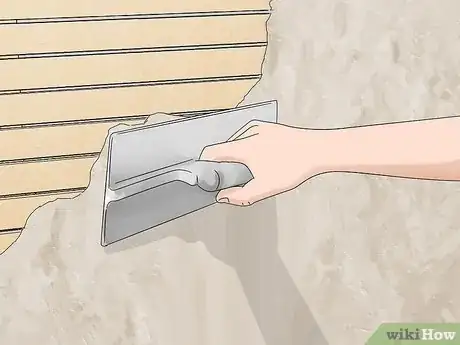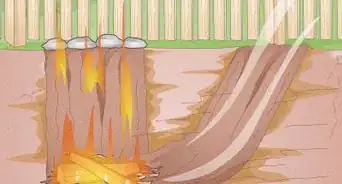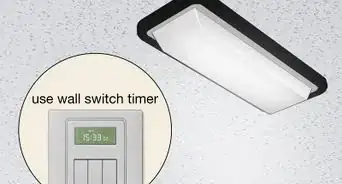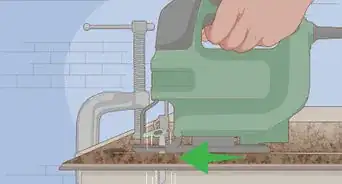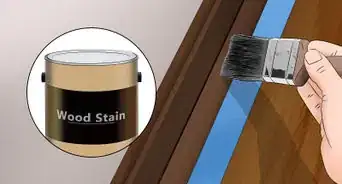This article was co-authored by Andrew Peters and by wikiHow staff writer, Eric McClure. Andrew Peters is an Architecture and Construction Specialist and a Principal at Peters Design-Build, a full service architecture and construction firm in the San Francisco Bay Area. With over 20 years of experience, Andrew specializes in sustainable and holistic design and building practices. Andrew holds a Bachelor of Architecture and a Project Management Professional (PMP) certification and is a Leadership in Energy and Environmental Design (LEED)-Accredited Professional. He served as Project Manager for the international-award-winning “Refract House,” Team California’s entry in the 2009 U.S. Department of Energy Solar Decathlon, a project featured in over 600 online and print articles.
There are 11 references cited in this article, which can be found at the bottom of the page.
Whether you’re tackling a major renovation project or you’re simply repairing some minor damage, you want to make sure you pick up the right material for the job. But if you wander the aisles at your local building supply store, you may find yourself scratching your head trying to differentiate between Sheetrock and the other drywall panels. In this straightforward guide, we’ll break down everything you need to know about Sheetrock, drywall, and all the other options at your disposal.
Things You Should Know
- Sheetrock is just a specific brand of drywall. All Sheetrock is drywall, but not all drywall is Sheetrock.
- Drywall comes in a variety of different thicknesses, dimensions, and styles.
- The only alternative to drywall is plaster, which is spread over horizontal boards, called lathe.
Steps
Drywall Dimensions
-
14 by 8 feet (1.2 by 2.4 m) This is the most popular size of drywall. It’s small enough that a normal worker can carry and install it regardless of how big they happen to be. The National Building Code also sets the standard ceiling height at 8 feet (2.4 m), so these drywall sheets can be hung in a single row.[4]
-
24 by 10 feet (1.2 by 3.0 m) Slightly bigger drywall is appropriate when you have taller ceilings, or if you’ve got longer walls and you want to minimize the number of seams. By stacking two sheets horizontally on top of one another, you can cover a longer wall with standard ceiling heights.
-
34 by 12 feet (1.2 by 3.7 m) This is the largest size available. It’s appropriate if you’ve got a ton of square footage to cover and your crew is large enough to maneuver and mount it. It’s also appropriate for lofts, vaulted ceilings, and other large rooms, since 12 feet (3.7 m) tends to be the maximum height of interior spaces.[5]
References
- ↑ https://www.theatlantic.com/technology/archive/2016/07/an-exciting-history-of-drywall/493502/
- ↑ https://www.atsdr.cdc.gov/drywall/docs/Final%20drywall_factsheet_05-2-14.pdf
- ↑ https://www.britannica.com/technology/drywall
- ↑ https://realestate.wharton.upenn.edu/working-papers/ceiling-heights-in-homes-and-offices/
- ↑ https://www.bobvila.com/articles/standard-ceiling-height/
- ↑ https://medium.com/@wbcaoutreach/the-go-to-guide-for-drywall-size-and-thickness-a901081b9fc5
- ↑ https://medium.com/@wbcaoutreach/the-go-to-guide-for-drywall-size-and-thickness-a901081b9fc5
- ↑ https://medium.com/@wbcaoutreach/the-go-to-guide-for-drywall-size-and-thickness-a901081b9fc5
- ↑ https://medium.com/@wbcaoutreach/the-go-to-guide-for-drywall-size-and-thickness-a901081b9fc5
- ↑ https://modernize.com/homeowner-resources/other/what-you-should-know-about-water-resistant-greenboard-drywall
- ↑ https://www.bobvila.com/articles/quick-tip-drywall-vs-blueboard/
- ↑ https://www.solaripedia.com/files/1109.pdf
- ↑ https://medium.com/acoustics-insights/https-medium-com-acoustics-insights-does-soundproofing-drywall-work-and-is-it-worth-the-cost-fab16ff0570c
- ↑ https://www.finehomebuilding.com/project-guides/drywall/whats-the-difference-fire-resistant-drywall
